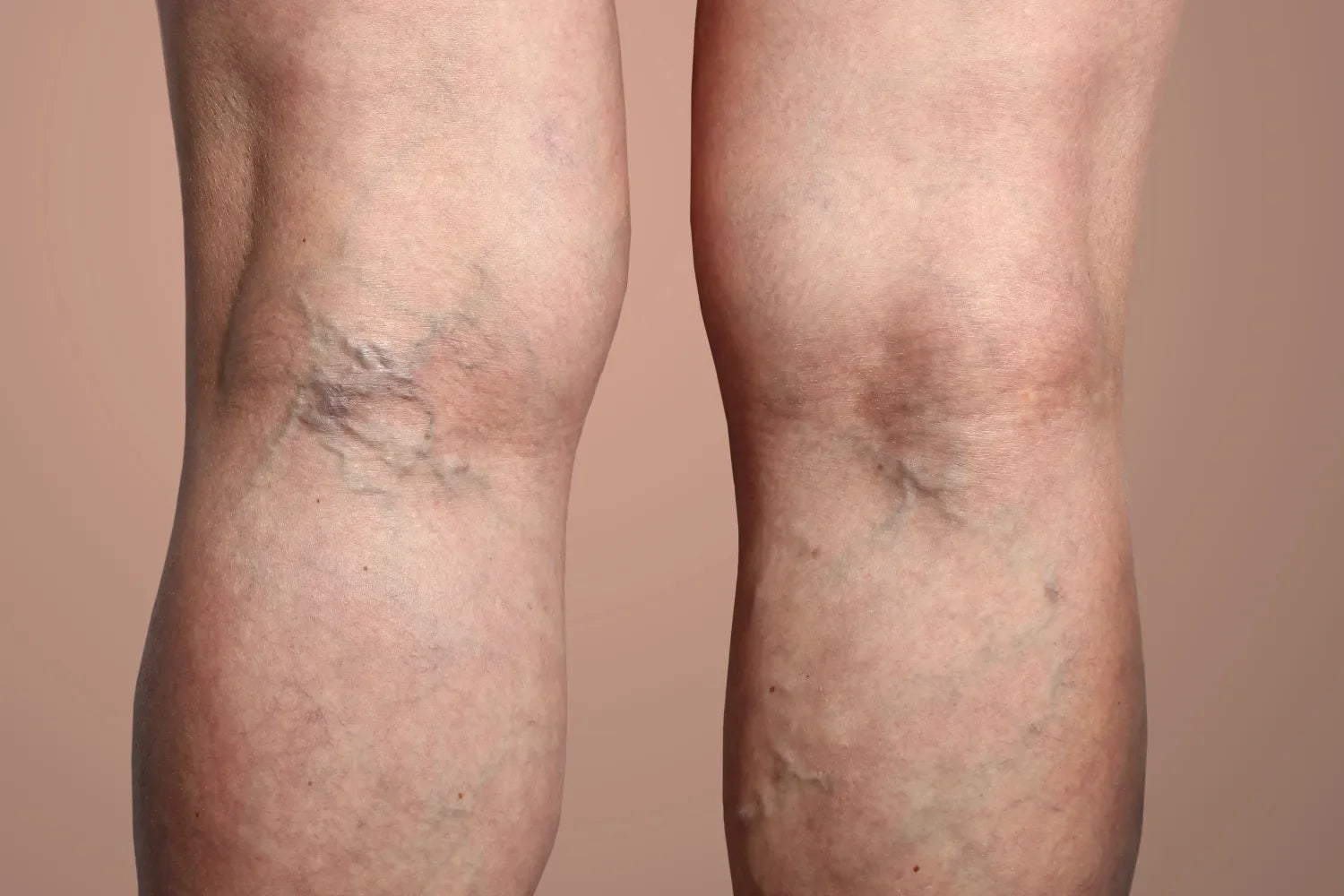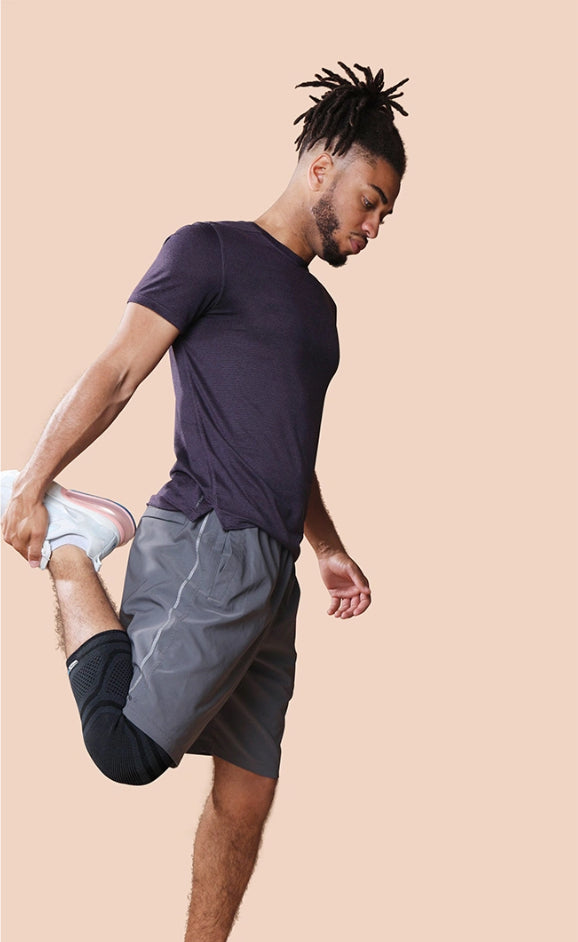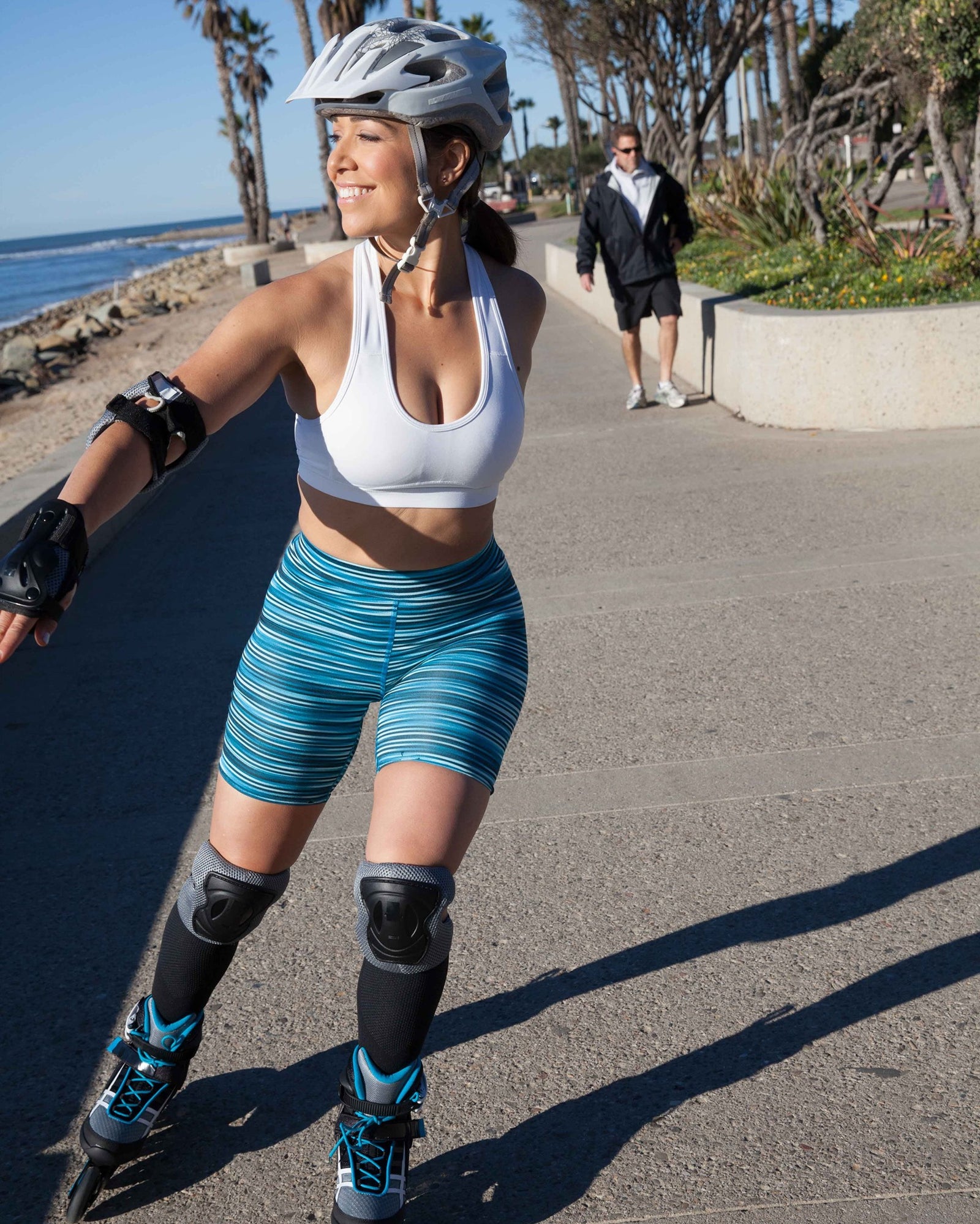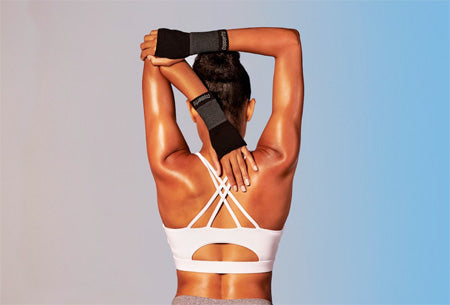
Distinguishing between varicose and spider veins is important to understanding your body's health and maintaining an active lifestyle. While both conditions may cause discomfort and tension, they are distinctly different.
Varicose veins are typically larger, raised, and palpable under the skin, while spider veins are smaller, closer to the skin's surface, and spread out like a web. Comprehending these differences can guide you in making informed decisions about your health and the right methods to support your body's natural functions.
Stay with us as we delve deeper into the unique characteristics of each, providing you with the knowledge you need to support your body and continue enjoying an active life.
What Are Varicose Veins?
Varicose veins are enlarged, swollen, and twisting leg veins, often appearing blue or dark purple. These irregularities occur when faulty valves in the veins allow blood to flow in the wrong direction or pool, leading to the characteristic bulging appearance of varicose veins.
Healthy veins have valves that keep blood flowing toward the heart, but in varicose veins, these valves malfunction, causing the veins to become distended and tortuous.
Symptoms of varicose veins range from feelings of heaviness and cramping to, in severe cases, the formation of ulcers. These symptoms can cause discomfort and may disrupt daily activities, making it challenging to maintain an active lifestyle.
Risk factors for developing varicose veins encompass a range of lifestyle and genetic factors. These include obesity, menopause, and a family history of the condition. Prolonged standing or sitting can also contribute to the development of varicose veins as it puts extended pressure on the veins in your lower body, hindering healthy blood flow and causing veins to become distended.
If left untreated, varicose veins can lead to serious health problems such as deep vein thrombosis, a condition where blood clots form in the deeper veins of your body, or venous insufficiency, where your veins have trouble sending blood from your limbs back to the heart. Additionally, thrombophlebitis, or vein inflammation due to a blood clot, can also develop. Knowing the risks and symptoms of varicose veins is essential to keeping your body's circulatory system open and functioning properly.
What Are Spider Veins?
Spider veins, also known as thread veins, are smaller than varicose veins and are often red, blue, or purple. They are closer to the surface of the skin, appearing like tree branches or spider webs with their short, jagged lines. Unlike varicose veins, spider veins are usually not raised and are typically a cosmetic concern rather than a health issue.
Spider veins can be influenced by hormonal changes, including those caused by birth control. A family history of spider veins can also increase your likelihood of developing them, as can certain lifestyle factors, such as prolonged standing or sitting.
Unlike varicose veins, spider veins rarely lead to serious health problems. They usually do not cause discomfort, but some people may experience itching or burning at the site of the veins.
Understanding and identifying these conditions is the first step toward managing them. While they may seem similar, varicose veins and spider veins have distinct differences that influence their treatment and potential health implications.
By staying informed and proactive, you can help maintain the health of your veins and overall well-being. This knowledge empowers you to take the necessary steps to support your body's natural functions and continue enjoying an active life.
Varicose vs. Spider Veins: What Are the Differences?
Varicose veins and spider veins may seem similar at first glance, but they have several key differences. One of the most noticeable differences is their size. Varicose veins are larger, often swollen, and can bulge above the skin's surface. Spider veins, on the other hand, are smaller and lie closer to the surface of the skin.
Location is another distinguishing factor. Varicose veins commonly appear in the legs due to the pressure of body weight, the force of gravity, and the task of carrying blood up to the heart. Spider veins, while also prevalent in the legs, can appear in other areas as well, such as the face.
In terms of vascular impact, varicose veins are a result of venous insufficiency, which can lead to blood pooling in the veins. Spider veins, while also related to abnormal blood flow, do not typically cause the same level of discomfort or health complications.
Symptoms and risk factors also differ. Varicose veins can cause a feeling of heaviness, cramping, and even ulcers, with risk factors including obesity, prolonged standing or sitting, and menopause. Spider veins, however, typically cause little to no discomfort and are often related more to hormonal changes and family history.
Despite their differences, both conditions involve the blood vessels and can be exacerbated by increased pressure in the veins. Understanding these differences is essential to seeking appropriate care and treatment.
What Can Help Varicose Veins?
There are several minimally invasive treatment options for varicose veins. These include sclerotherapy, where a solution is injected into the vein, causing it to scar and close, and laser therapy, which uses a laser fiber to close off the affected vein.
Endovenous laser ablation and radiofrequency ablation use heat delivered through a catheter to close the affected vein. Phlebectomy involves small incisions to remove varicose veins. These procedures are typically offered as outpatient services, increasing accessibility for patients.
Compression stockings also play a key role in managing varicose veins. They provide gentle pressure to support healthy blood flow and can soothe discomfort. Treatment should be considered when the symptoms of varicose veins cause significant discomfort or for serious health problems associated with varicose veins.
What Can Help Spider Veins?
While spider veins are not usually harmful, many people are interested in potential treatment options for cosmetic reasons. Sclerotherapy, laser therapy, and other minimally invasive procedures can be used to treat spider veins.
Compression can also be beneficial for managing spider veins. Wearing compression stockings, for example, can offer gentle compression to support healthy blood flow and help soothe discomfort, providing a non-invasive option for managing spider veins.
What Is Compression?
Alright, we’ve talked about the benefits of compression stockings to support your veins, but what does compression really mean here, and why is it important? Simply put, compression is a technique that applies gentle pressure to your legs and ankles, helping to support healthy blood flow.
This pressure is often graduated, meaning it's tighter at the ankle and gradually loosens as it moves up your leg. Gradual compression is designed to support the body's natural blood flow.
It can help soothe discomfort and tension in the legs by encouraging blood to flow back toward the heart rather than pooling in the lower legs. This can be particularly beneficial for those who spend long periods standing or sitting, as these positions can place additional strain on the veins.
At Copper Fit, our compression products are designed with this understanding in mind. They offer gradual compression that supports what your body does naturally.
They are convenient and easy to use, providing all-day support that can help manage a range of discomforts whether you’re on the move or resting at home. Copper Fit products are designed to be a part of your daily routine, helping you to stay active and feel better.
Importance of Early Detection and Treatment
Early detection and treatment can make a significant difference in managing varicose and spider veins. Detecting these conditions early can help maintain the health of your veins and prevent serious complications.
Treatment for these conditions has advanced and is often minimally invasive. However, the first step to treatment is detection, which begins with regular check-ups, especially for those with a family history of vein disease. Regular check-ups allow for early detection, leading to more effective management and potentially less discomfort.
In addition, incorporating compression products into your routine early on can support your body's natural functions and help manage the symptoms of these conditions. Compression socks or sleeves can provide support and relief, especially for those who are on their feet for long periods of time.
The Bottom Line
Understanding the differences between varicose veins and spider veins is essential for your overall vein health. These conditions, while similar in some ways, have distinct differences in their symptoms, risk factors, and potential complications.
Seeking treatment when needed and practicing preventive measures like wearing compression socks can help manage these conditions. The key is to stay informed, proactive, and attentive to your body's needs. Remember, your health is your journey, and being equipped with the right knowledge is your compass.
At Copper Fit, we're committed to supporting that journey by providing products that help soothe discomfort, support healthy blood flow, and promote muscle relaxation. Our goal is to empower you to stay active, feel better, and enjoy life, every day.
Sources:
Varicose veins - Symptoms and causes | Mayo Clinic
Spider Veins: Causes, Symptoms & Treatment | Cleveland Clinic
Chronic Venous Insufficiency: Causes, Symptoms and Treatment | Cleveland Clinic





